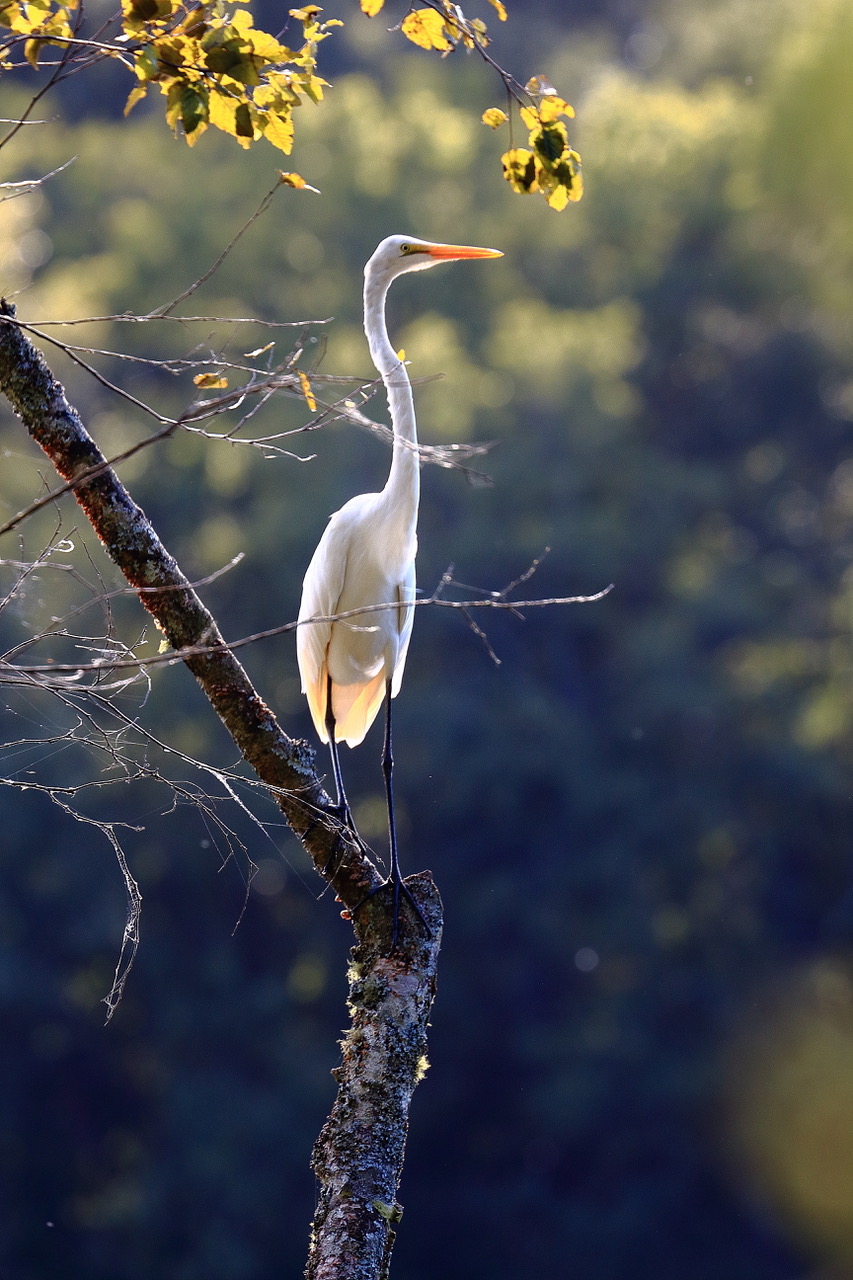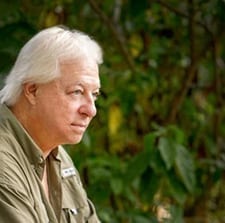Drumming Up White Feathery Memories
June 2, 2023By Tom Poland
Long before I moved to South Carolina, family vacation trips took us over Charleston’s “New Cooper River Bridge.” To be accurate, we drove over the Silas N. Pearman Bridge to Mount Pleasant and Sullivan’s Island—destination surf and seafood. We were from rural Georgia where the tallest thing around was a water tower, so this bridge assumed monstrous proportions to us.
Those cantilevered bridges gave many nervous passage over the Cooper River but they thrilled me as a boy. Below a rollercoaster of a bridge sat Drum Island with its feathery white rookery. I knew nothing much about nature back then. I’d seen egrets along the edges of lakes and ponds and I marveled at the great blue herons flying over home to an old mine hole in woods. In flight, the gray-blue birds looked like some pterodactyl with their outstretched necks.

Gone are the day when such beauty once adorned hats.
Days of enlightenment, however, were coming. At South Carolina Wildlife I’d write about eastern brown pelicans and osprey and bald eagles, and later I’d learn that Drum Island was once eastern North America’s largest wading bird rookery, outside of Florida. In its prime, the rookery hosted as many as 22,500 nesting pairs of at least 10 species of wading birds, among them brilliant white snowy egrets and great egrets. Other species with darker feathers lived there but the white stood out. Then around 1987 hard times arrived and the island’s greenery lost its feathery white flecks.
A bit before this time I found myself working as a writer at SCW magazine. In 1985 the esteemed George Reiger wrote a feature in SCW on Drum Island. Change was underway. To say it got my attention is to understate how all those white feathers impressed me as a boy nigh 60 years ago. What a savage history those bloodied white feathers had seen. Around 1900 plume hunters sought white feathers with ruthless intent, and milliners rewarded them. In the late 1880s when women’s feathery hats became all the rage the snowy egret and great egret faced peril. Not to be outdone, some women maxed out, donning “entire bird” hats.
Milliners coveted the especially dazzling white feathers prominent during mating season—a double whammy. Plume hunters killed and skinned mature birds, leaving orphaned hatchlings to the mercy of predators and not-so-merciful starvation. In part, the national Audubon Society owes its existence to the slaughter. It’s no accident that the great egret is its logo. In 1913, the Weeks-McLean Law, sponsored by Massachusetts Representative John Weeks and Connecticut Senator George McLean, ended the plume trade.
Back in the 1960s when my father nervously drove that bridge over Drum Island I knew none of the above. Today, I know that efforts to restore Drum Island’s marsh grasses are underway. Under the Clean Water Act, the South Carolina Port Authority proposed to create a 22-acre, brand-new salt marsh out of the portion of Drum Island south of Ravenel Bridge.
I read Molly Hulsey’s fine piece in the Charleston Regional Business Journal stating that vegetation covers almost 80 percent of the island after Mark Messersmith’s Ports Authority team planted more than 106,000 native marsh plants. “The spot has since become a haven for estuary bird species and the Audubon Society as herons of all hues, clapper rails and snowy egrets fish for prey in the spartina* grasses.”
That’s good to hear. In days to come I hope to see white feathery scenes on Drum Island once again. With its 70th anniversary coming next year I hope SCW magazine will find another George Reiger to give us another fine read on the island that drums up white feathery memories. In his March-April 1985 feature, “Drum Island,” Reiger wrote, “We know that we have the power to exterminate—and to restore—most any species, including our own.” True words, and it is good to see Drum Island undergoing rejuvenation just as we’ve breathed new life into our perspectives on snowy white feathers, hats, and rookeries.
* Sporobolus alterniflorus
Georgia native Tom Poland writes a weekly column about the South, its people, traditions, lifestyle, and culture and speaks frequently to groups in the South. Governor Henry McMaster conferred the Order of the Palmetto upon Tom, South Carolina’s highest civilian honor, stating, “His work is exceptional to the state.” Poland’s work appears in books, magazines, journals, and newspapers throughout the South.
Visit Tom’s website at www.tompoland.net
Email him at [email protected]















